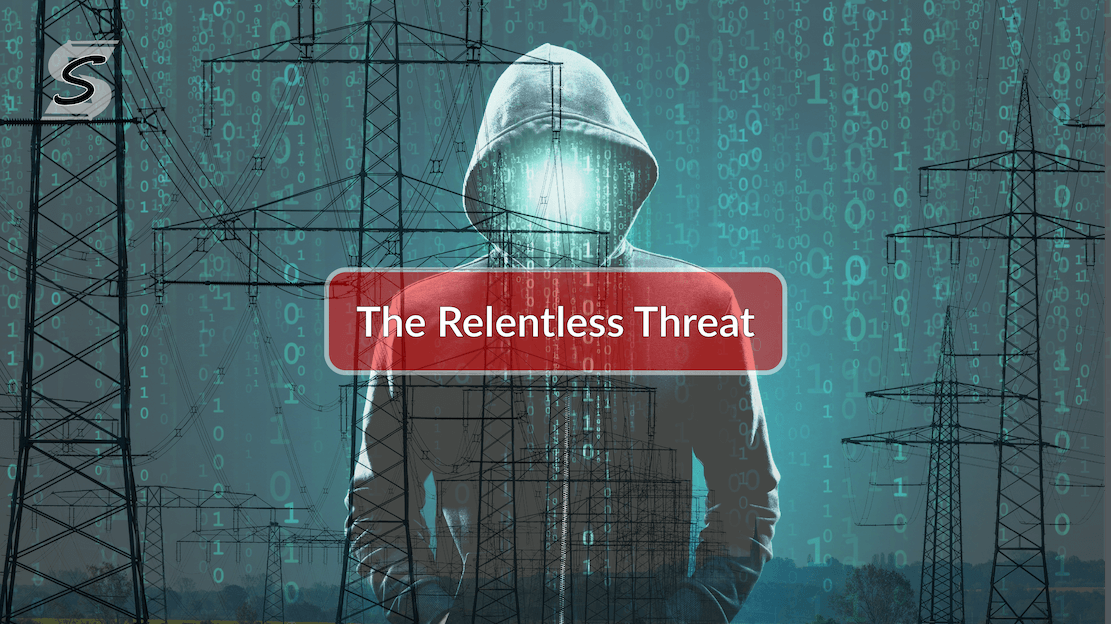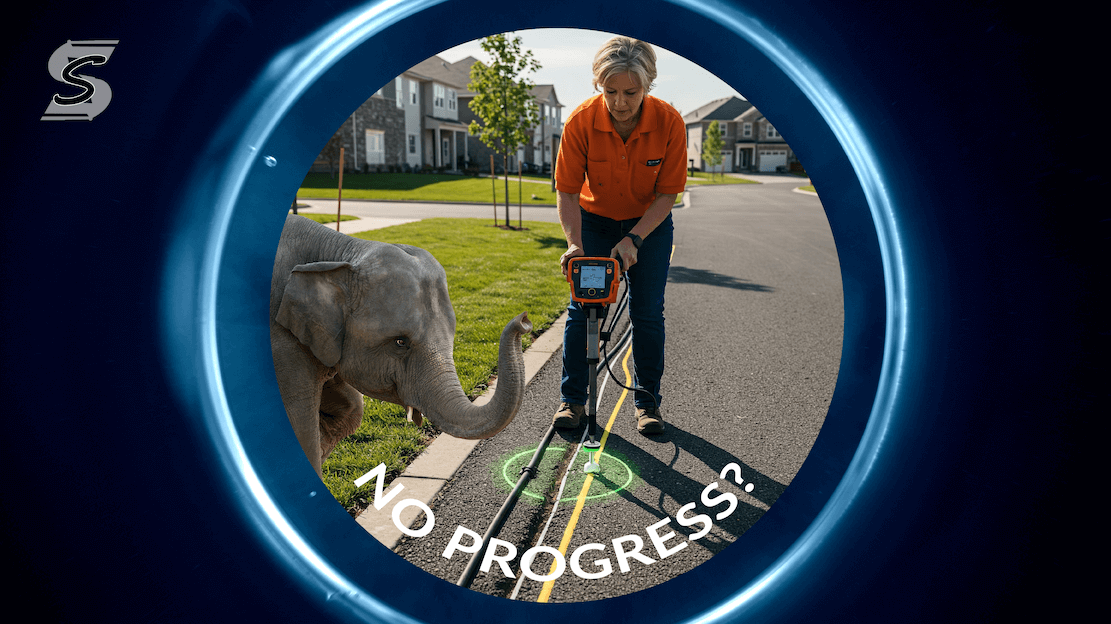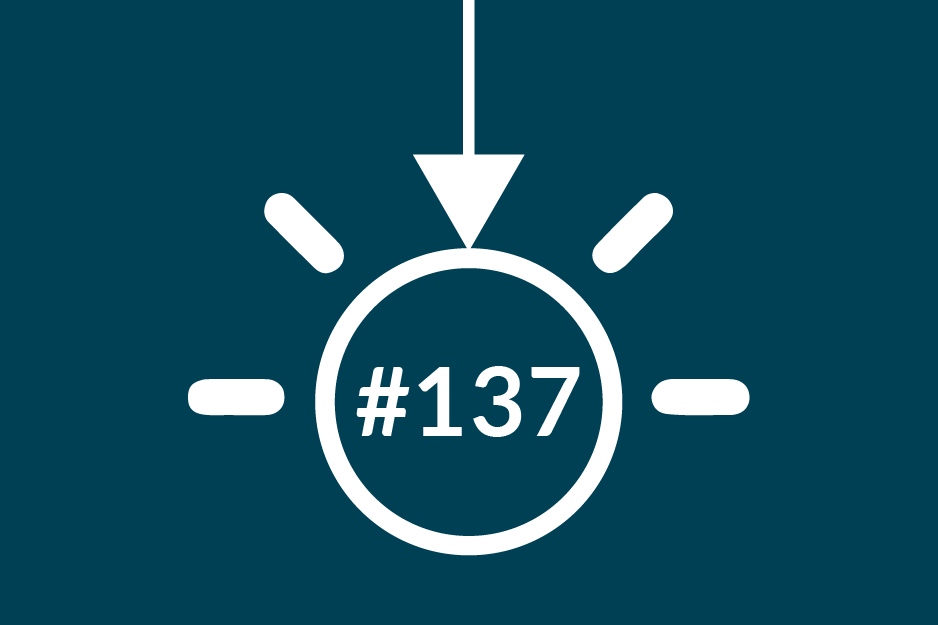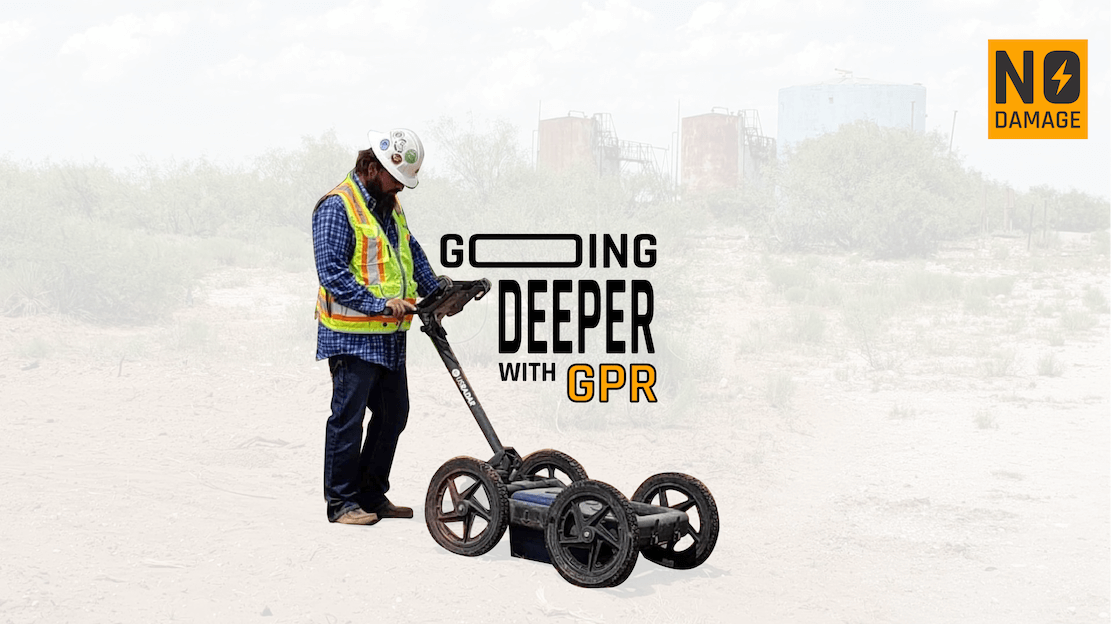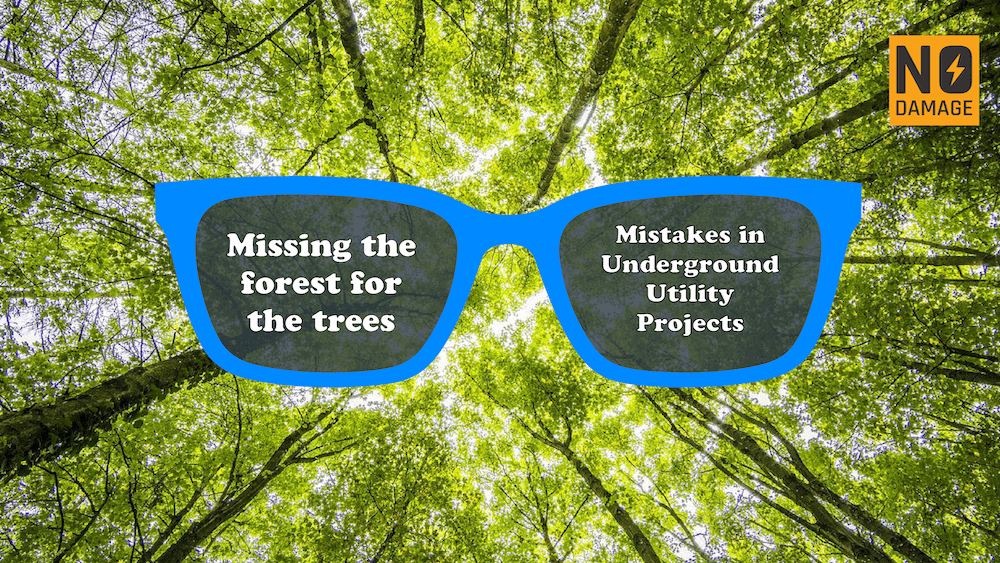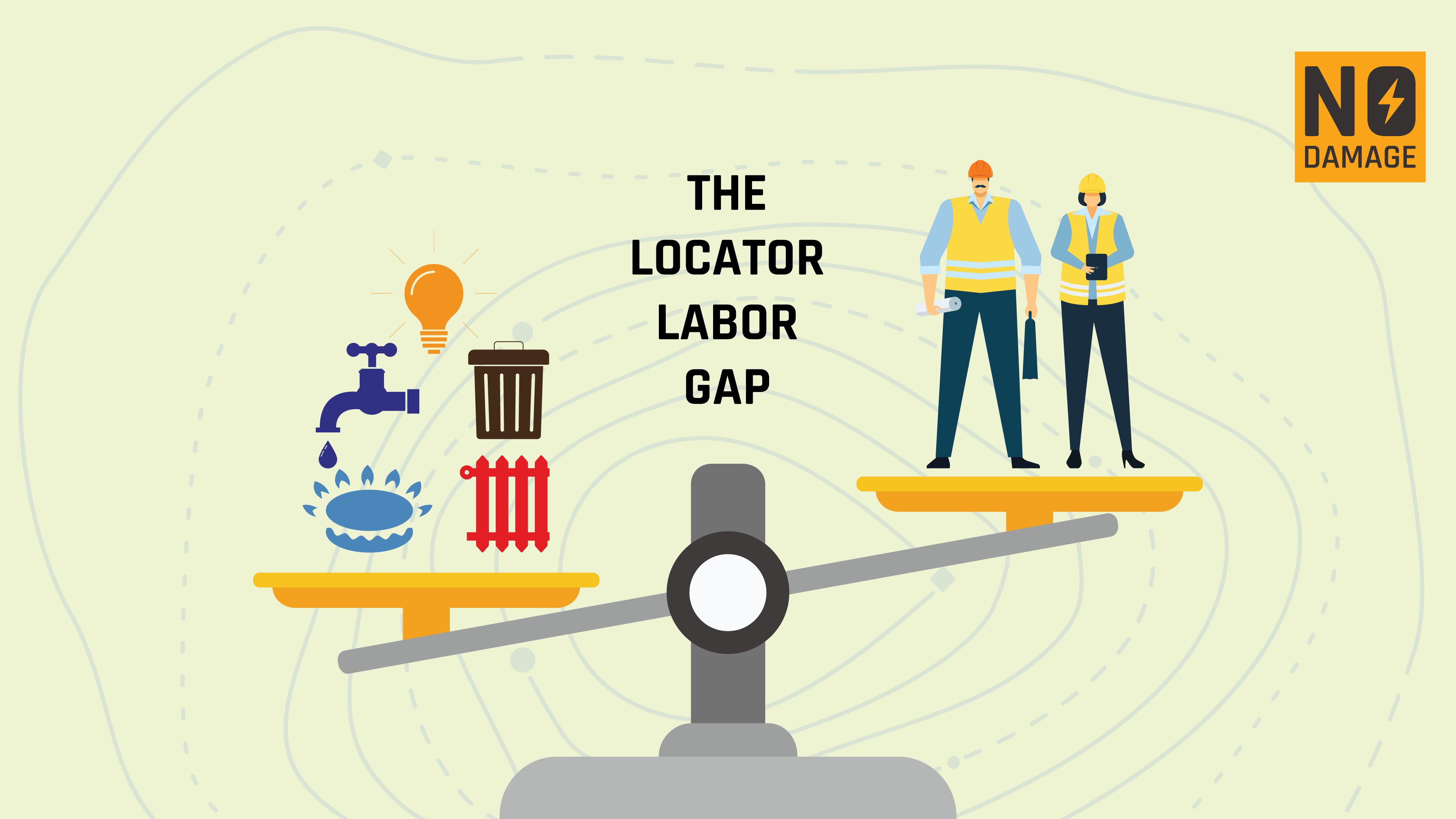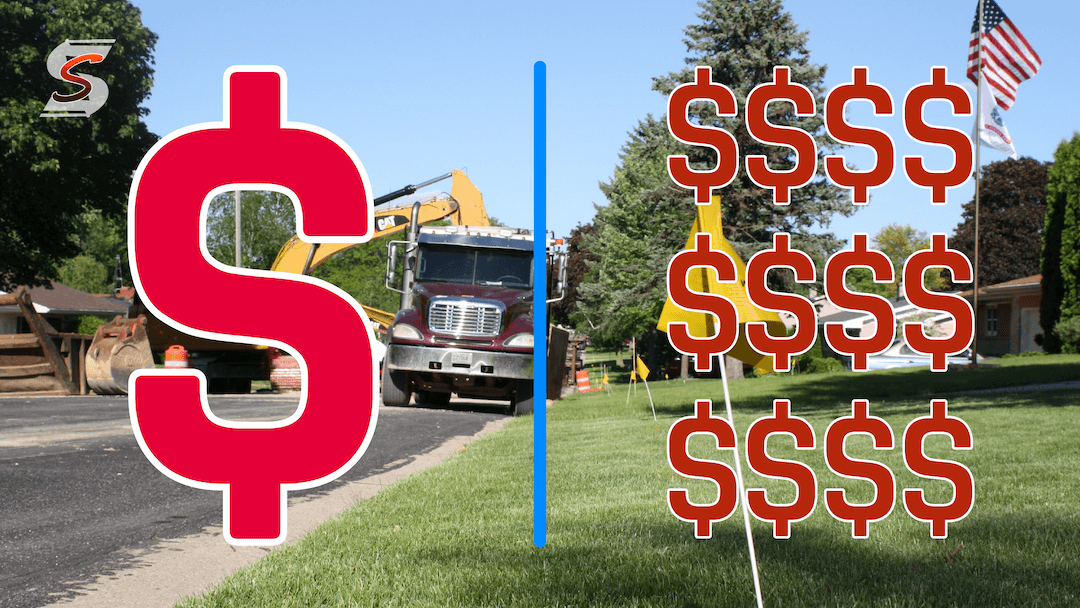
When you think about damage prevention, you might picture some folks with hard hats and spray paint, marking up the ground before a construction project kicks off. But if that’s where your mind stops, you’re missing the bigger picture. Damage prevention also has a mix of macro and microeconomic forces acting on it and which drive how we protect our infrastructure - and, by extension, our future.
Big Picture Economics: How Macroeconomic Trends Shape Damage Prevention
Let’s zoom out for a second. The economy doesn’t just affect Wall Street or your 401(k); it ripples through every industry, including damage prevention. Take infrastructure investment, for example. When the economy is humming along, governments and private companies are more likely to pump money into new projects - think roads, bridges, pipelines, and even smart grids. This isn’t just about building; it’s about safeguarding these investments from the get-go. The recent surge in green energy projects is a perfect case in point. According to the International Energy Agency (IEA), global investment in renewable energy is expected to top $1.7 trillion this year alone. But with all these new installations come new risks. Damage prevention strategies need to evolve to protect these assets, which are often sprawling and located in areas not previously developed for industrial use.
But it’s not just about growth; it’s also about regulation. The economic policies that governments enact have a direct impact on how we approach damage prevention. For example, stricter safety regulations often emerge from economic policies aimed at long-term sustainability and public safety. This is where the rubber meets the road - if you don’t have the right regulations in place, all that shiny new infrastructure is just one misplaced backhoe away from disaster.
The "regulatory capture" theory, often discussed in economic circles, highlights how industries sometimes influence regulations to favor them or push for deregulation. However the gas, telecom, electric and other infrastructure industries generally want to protect their assets and so while damage prevention laws may be slow to change they usually take a safety first approach. That’s not always the case but that's the general trend, especially with gas. A misstep here can lead to massive fines, lawsuits, and a tarnished reputation. So, companies in this space often advocate for stricter regulations to create a level playing field and reduce the risk of catastrophic errors.
The Nitty-Gritty: Microeconomic Factors in Damage Prevention
Now, let’s bring it down to the ground level - where the real work happens. At the microeconomic level, damage prevention becomes a balancing act of costs and benefits. Every company involved in construction or infrastructure maintenance has to ask the tough question: How much is too much when it comes to spending on damage prevention?
Here’s the deal - while investing in advanced tools like drones, LiDAR, GIS, GPR and Ticket Management Systems might seem costly upfront, the savings from avoiding a single utility strike can easily justify the expense. And that’s not just my opinion; it’s supported by solid economic theory. The cost-benefit analysis, a cornerstone of microeconomics, is how companies navigate these decisions.
According to a report by the Common Ground Alliance (CGA), the cost of a single utility strike can run anywhere from $1,000 to millions, depending on what gets hit. When you stack that against the cost of proper damage prevention - say, investing in GPR or hiring skilled locators - the math becomes pretty clear. And in a competitive market, those who can offer safer, more reliable services will have the edge.
This leads us to market competition. In an industry like damage prevention, competition isn’t just about who can dig the fastest; it’s about who can dig the smartest. Companies that invest in cutting-edge technology aren’t just doing it for fun - they’re doing it to stay ahead of the curve. Innovation is driven by the need to provide better services, faster and more accurately than the competition. The "Creative Destruction" theory by Joseph Schumpeter, which describes how innovation drives economic progress, is alive and well in our field. Those who don’t innovate risk being left in the dust, literally and figuratively.
The Human Element: Decision-Making and Risk Management
At the end of the day, all the economic theories in the world boil down to one thing: decision-making. Companies in the damage prevention space aren’t just dealing with abstract concepts; they’re making real-world decisions that impact lives, communities, and the environment. This is where risk management comes into play.
Risk management isn’t just about avoiding disaster; it’s about optimizing outcomes. It’s the process of weighing potential risks against the costs of preventing them and making the best possible decision. This involves a mix of economic theory, practical experience, and often a bit of gut instinct.
Behavioral economics, a field that explores how psychological factors influence economic decisions, is particularly relevant here. The classic theory of "Prospect Theory" by Kahneman and Tversky suggests that people value avoiding losses more than acquiring equivalent gains. In damage prevention, this theory is visible every day - companies are more likely to invest in prevention because the fear of a catastrophic loss (think utility strikes, environmental disasters, etc.) outweighs the potential savings from cutting corners.
But here’s where it gets cool: as technology advances, the tools we use for damage prevention are getting smarter, more integrated, and more data-driven. Imagine a future where AI-powered ticket management systems can predict potential damage before you even start digging, where all your tools - from GPR to GIS - talk to each other seamlessly, providing a complete, real-time picture of what’s below the surface. That’s not just sci-fi; that’s where we’re headed, and it’s going to revolutionize how we think about risk and decision-making in this industry and how 811 works. The regulatory system is reactive rather than proactive generally, but I think that will only restrain progress in certain areas. We shouldn’t let it restrict us from making the best decisions or from sharing the best data available.
Conclusion: Why It All Matters
So why should you care about the economic factors influencing damage prevention? Because they shape everything from the tools we use to the strategies we employ and the decisions we make on the ground. Whether you’re in the field every day or you’re making the big calls from the office, understanding the economic landscape can give you a serious edge.
In a world where infrastructure is constantly evolving, and the stakes are getting higher, we need to stay sharp. That means paying attention to the macro trends that drive demand for our services and the microeconomic factors that influence how we operate. And it means embracing innovation and smart risk management to stay ahead of the game.
Damage prevention isn’t just about protecting pipes and cables; it’s about safeguarding our future. And in my book, that’s worth every penny of investment, every regulation passed, and every hour spent perfecting our craft. So let’s keep pushing forward, armed with the knowledge that what we do matters - economically, socially, and technologically. After all, it’s not just about digging in the dirt; it’s about digging smart.
Share this Post


